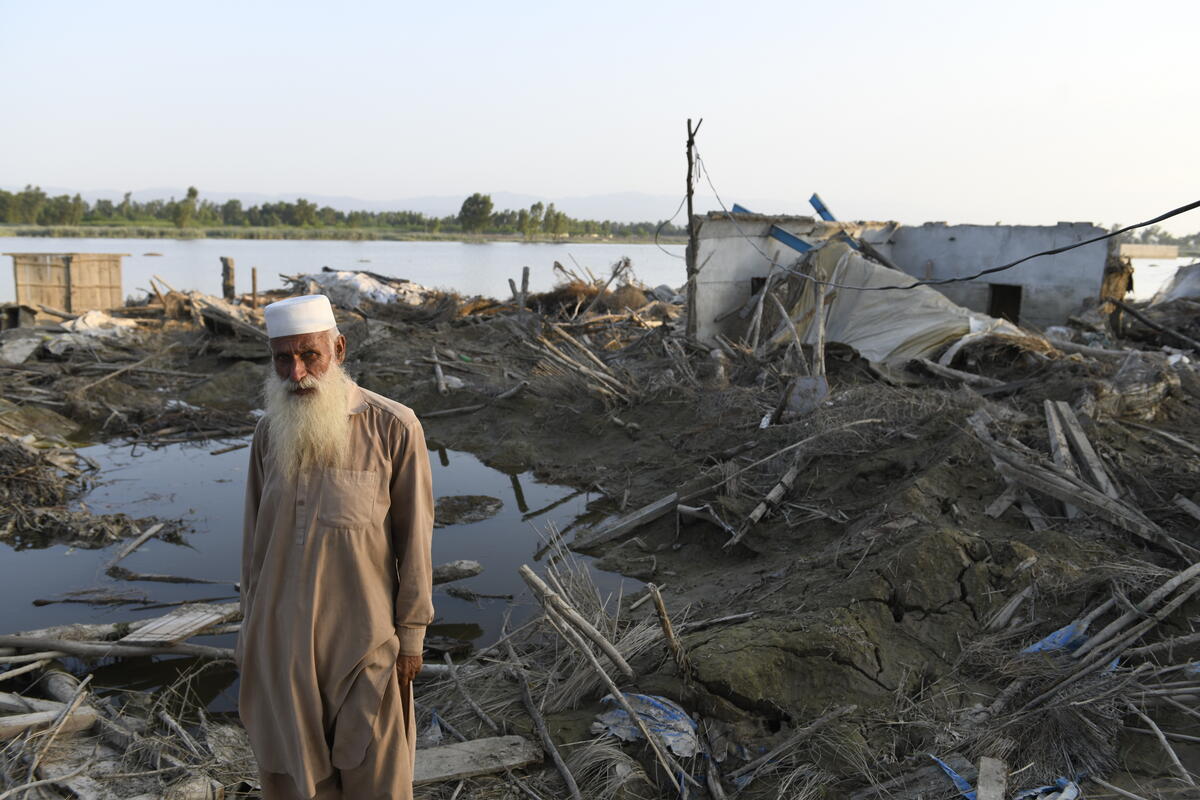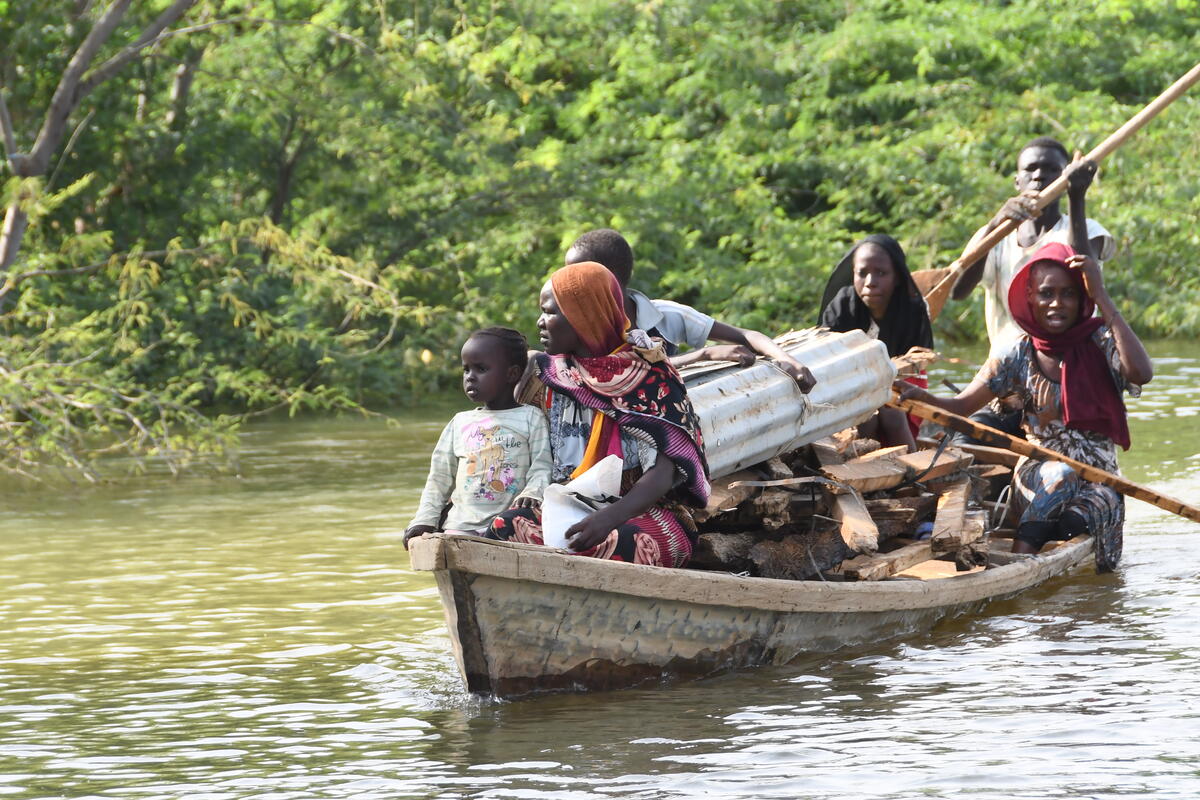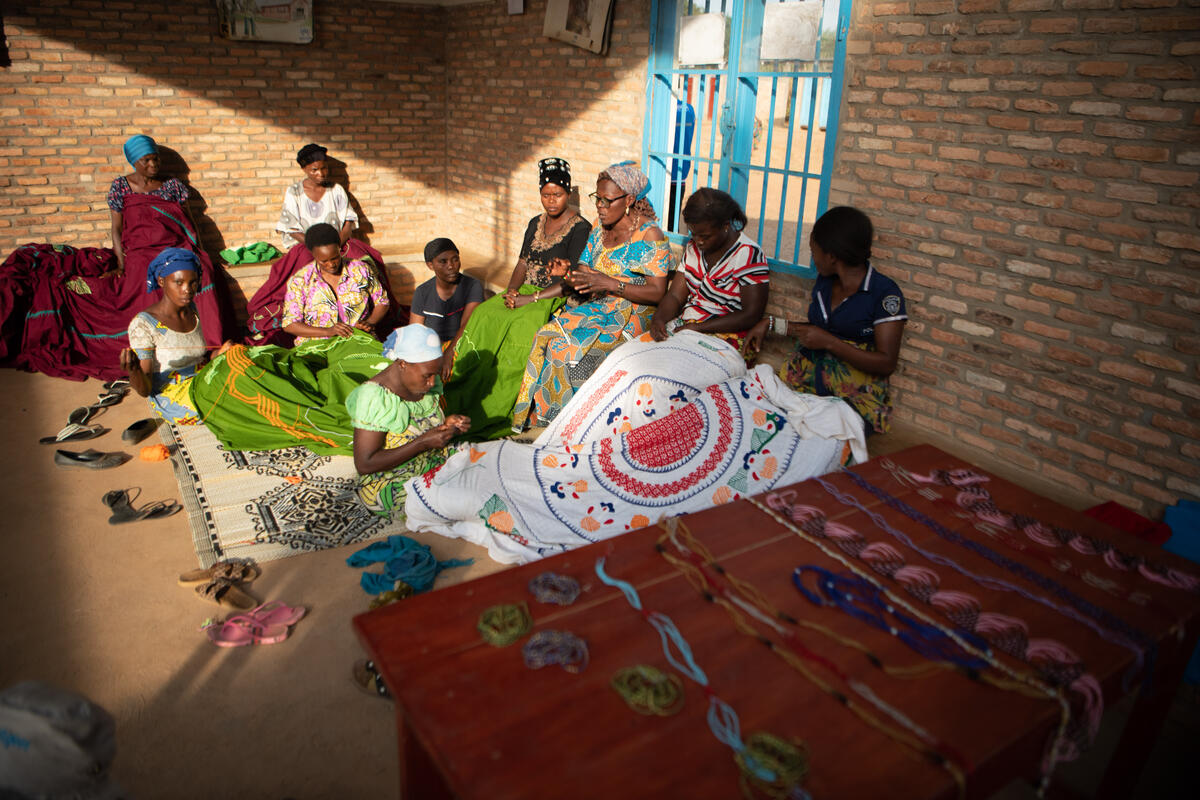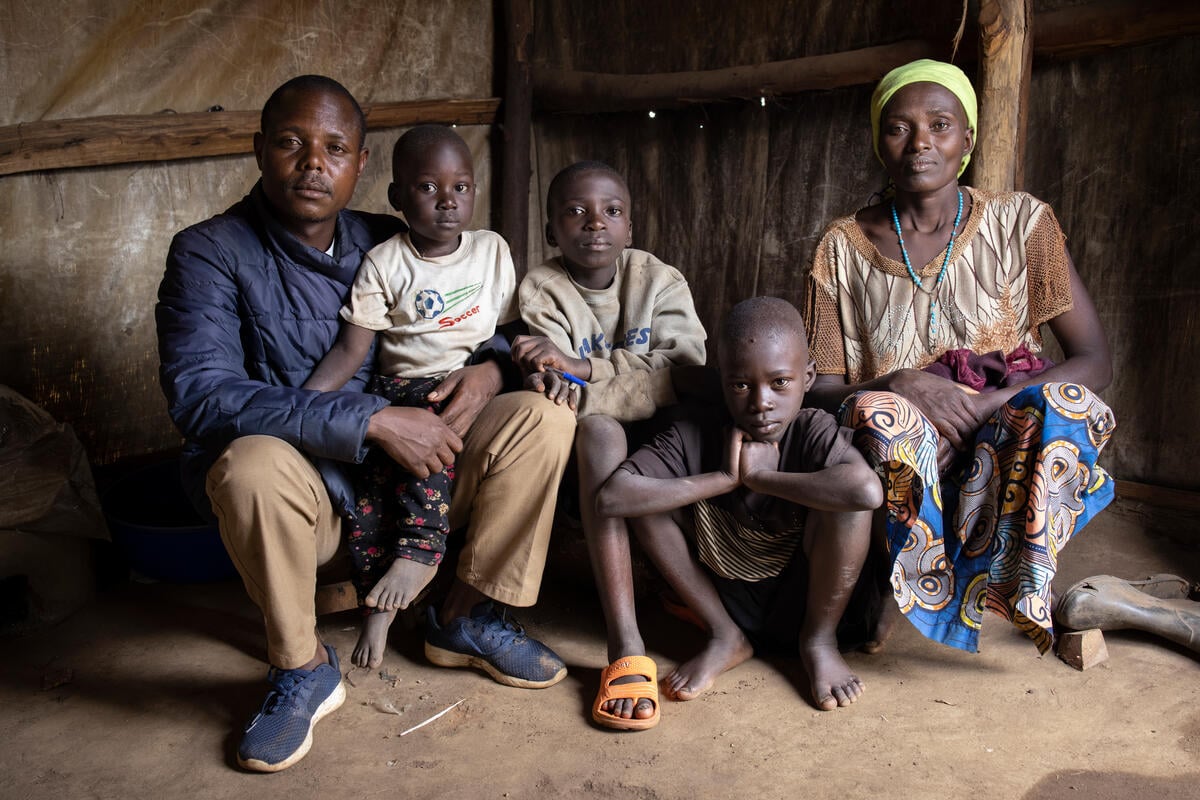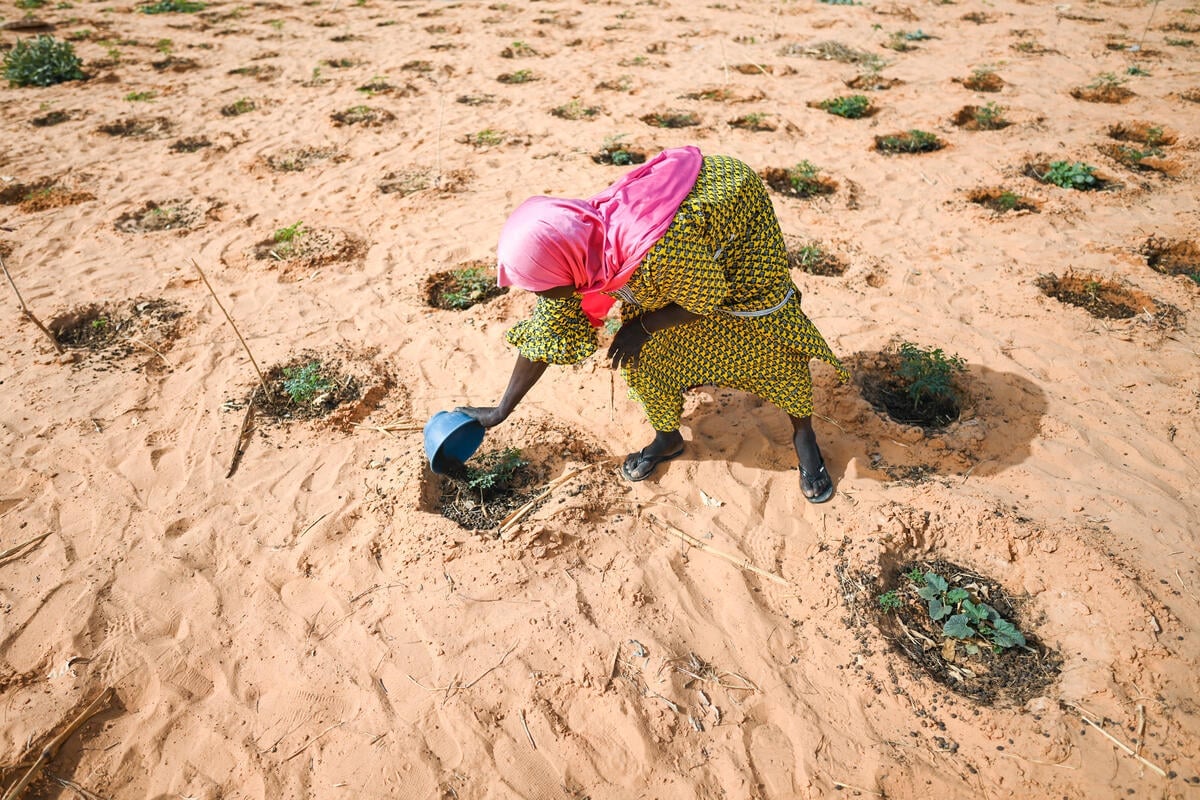UNHCR data visualization on Mediterranean crossings charts rising death toll and tragedy at sea
UNHCR data visualization on Mediterranean crossings charts rising death toll and tragedy at sea

While reported numbers of refugees and migrants crossing the Mediterranean to Europe are fewer than in 2015, journeys are becoming more fatal. This is according to a new data visualizationLink is external released today by UNHCR, the UN Refugee Agency.
Since a peak in 2015, in which more than a million refugees and migrants crossed the Mediterranean to Europe, the numbers of those making these journeys have seen a downward trend, even prior to the Covid-19 pandemic. In 2021, 123,300 individual crossings were reported, and prior to that 95,800 in 2020, 123,700 in 2019 and 141,500 in 2018.
Despite the lower numbers of crossings, the death toll has seen a steep rise. Last year, some 3,231 were recorded as dead or missing at sea in the Mediterranean and the northwest African routes, with 1,881 in 2020, 1,510 in 2019, and more than 2,277 for 2018. Even greater numbers may have died or gone missing along land routes through the Sahara Desert and remote border areas.
UNHCR has continuously been warning of the horrific experiences and dangers faced by refugees and migrants who resort to these journeys. Many among them are individuals fleeing conflict, violence and persecution. The data visualization focuses specifically on the route from the East and Horn of Africa to the Central Mediterranean Sea.
In addition to the rising death toll at sea, UNHCR remains concerned that deaths and abuses are also widespread along land routes, most commonly in and through the countries of origin and transit, including Eritrea, Somalia, Djibouti, Ethiopia, Sudan, and Libya - where the overwhelming majority of risks and incidents are reported.
During their journeys, refugees and migrants have few options but to rely on smugglers to cross the Sahara Desert, exposing them to high risks of abuses. From Libya and Tunisia, many attempt to cross the sea, most often towards Italy or Malta.
In many cases, those who survive the journey through the Sahara and attempt sea crossings are often abandoned by their smugglers, while some of those leaving from Libya are intercepted and returned to the country, where they are subsequently detained. Each year, thousands perish or go missing at sea without a trace.
Calling for more action to prevent deaths and protect refugees and asylum seekers who are embarking on these journeys, UNHCR released an updated protection and solutions strategy and funding appeal earlier in April.
The appeal calls for increased humanitarian assistance, support and solutions for people in need of international protection and survivors of gross human rights abuses. It covers some 25 countries across three different regions connected by the same land and sea routes which are used by migrants, asylum seekers and refugees. At the same time, UNHCR is urging States to ensure safe alternatives to dangerous crossings and to commit to strengthened humanitarian, development and peace action to address protection and solutions challenges.
UNHCR also joined other UN entities in urging states to adopt measures ensuring that refugees and migrants retrieved at sea are disembarked in places where their lives and human rights are safeguarded.
UNHCR’s data visualization titled “No End In Sight” is available here: https://storymaps.arcgis.com/stories/07502a24ce0646bb9703ce96630b15fa&n…Link is external;
For more information on this topic, please contact:
- In Geneva: Shabia Mantoo, mantoo@unhcr.org +41 79 337 76 50


